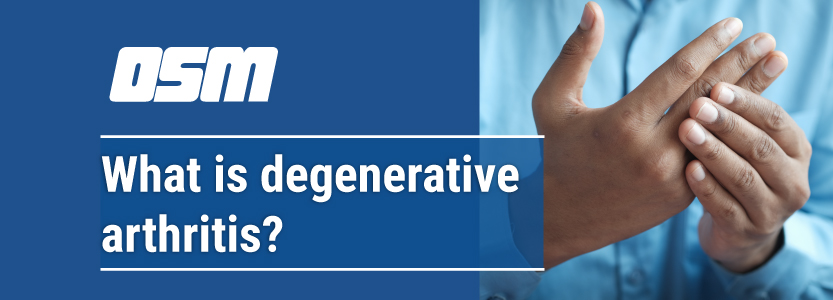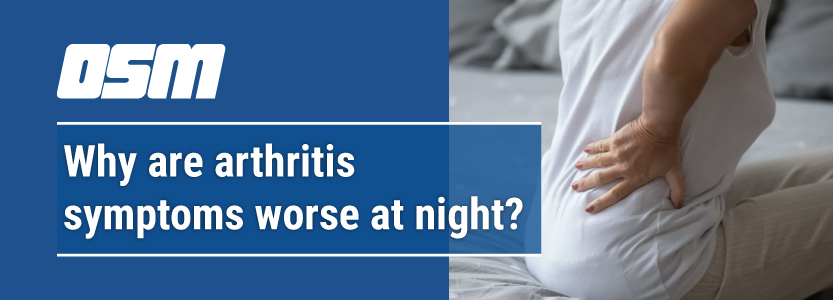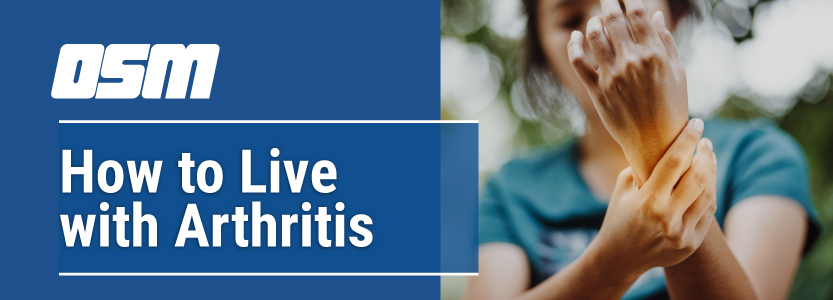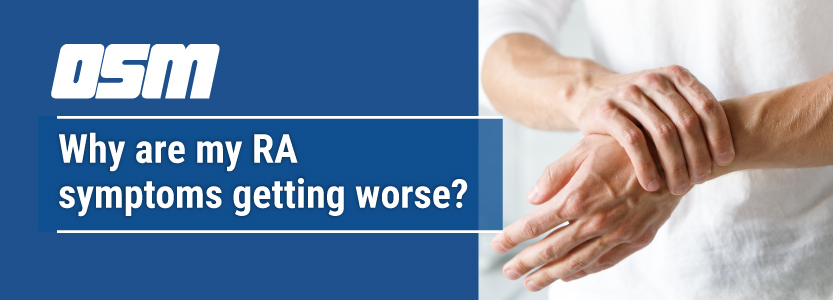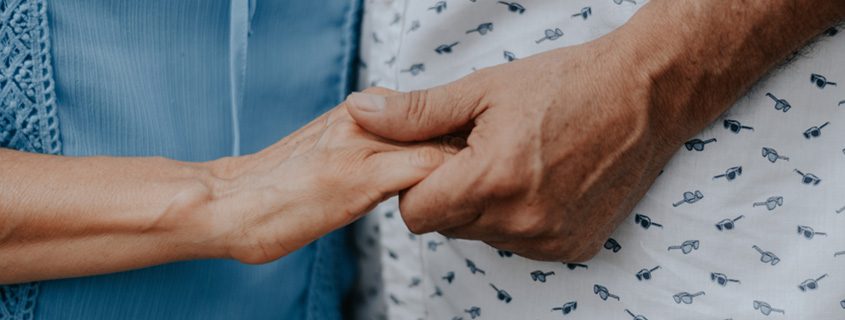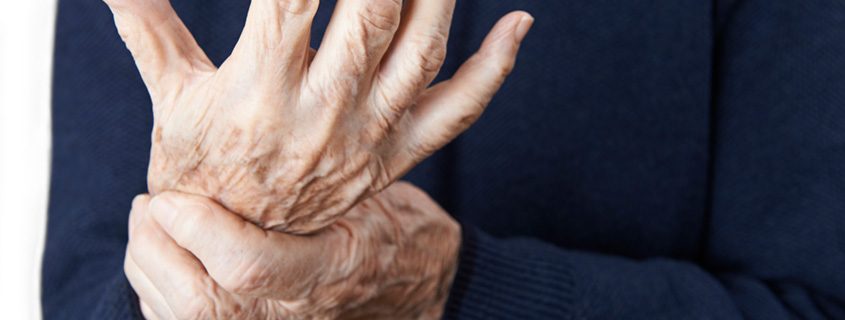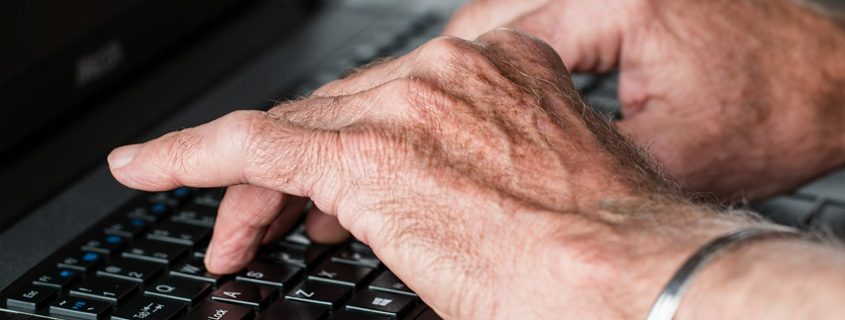3 Types of Exercises to Fight Arthritis
Article featured on Penn Medicine
Exercise is crucial for everyone, especially those suffering from arthritis.
“Sometimes, my patients think that the only way to relieve pain is to stop all physical activity,” said Craig Israelite, MD, orthopaedic surgeon and Co-director of the Knee Service at Penn Medicine. “Keeping active is actually very good for individuals suffering from joint pain or arthritis. Exercises that work the muscles and tendons provide stability and strength around the joint.”
You don’t need to run a marathon or lift weights for hours to increase strength, improve flexibility and reduce joint pain. There are many non-weight-bearing activities you can do to keep in shape, including:
Range-of-Motion Exercises
These exercises (also known as stretching or flexibility exercises) help to relieve stiffness and increase joint mobility. The goal is to get your joints moving in their normal range of movement. Examples include raising your arms over your head or rolling your shoulders back and forth. It is recommended that these exercises be done daily or at least every other day.
- Yoga
- Pilates
- T’ai chi
Strengthening Exercises
Strong muscles help support and protect joints. A workout program that includes weight or resistance training can help to maintain current muscle strength or increase it. These type of exercises should be done every other day, but allow an extra day in between if joints become painful or swollen. Discontinue any exercise that continues to bring on discomfort.
- Wrist curls
- Overhead arm raises
- Seated rows
- Leg raises and dips
Aerobic or Endurance Exercises
These types of activities can improve your cardiovascular health, give you more energy and help to maintain or reduce weight. Having control of your weight reduces the pressure on affected joints. Try to include 20-30 minutes of aerobic exercise three times a week.
- Walking
- Bike-riding
- Swimming
Have additional questions about how an exercise plan could help you fight arthritis? Or, are you interested in exploring other pain management options?
The Orthopedic & Sports Medicine Center of Oregon is an award-winning, board-certified orthopedic group located in downtown Portland Oregon. We utilize both surgical and nonsurgical means to treat musculoskeletal trauma, spine diseases, sports injuries, degenerative diseases, infections, tumors and congenital disorders.
Our mission is to return our patients back to pain-free mobility and full strength as quickly and painlessly as possible using both surgical and non-surgical orthopedic procedures.
Our expert physicians provide leading-edge, comprehensive care in the diagnosis and treatment of orthopedic conditions, including total joint replacement and sports medicine. We apply the latest state-of-the-art techniques in order to return our patients to their active lifestyle.
If you’re looking for compassionate, expert orthopedic surgeons in Portland Oregon, contact OSM today.
Phone:
503-224-8399
Address
1515 NW 18th Ave, 3rd Floor
Portland, OR 97209
Hours
Monday–Friday



